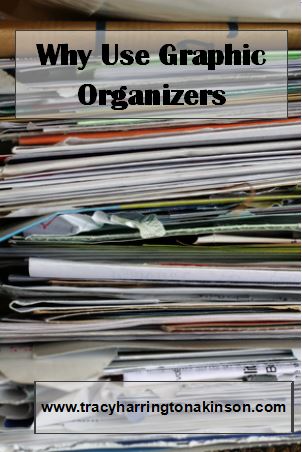Why use K-W-L charts?
K-W-L charts are often used in the classroom which causes many questions by students and parents as to their importance. Simply stated, from an educator point of view, it is a tool. Not only do they promote and activate prior knowledge, but they can be used to gather new knowledge in one location. The main objective is to make the process of connecting knowledge a seamless prospect without needing a graphic organizer, but until this happens automatically, students enjoy the opportunity to see the process on paper and in action.
The K-W-L chart is a meta cognition activity which assists students to become active thinkers. It can help to consciously search for information and connect it to prior knowledge. It helps to self-monitor learning experiences which leads to the development of self-directed characteristics. The foundation of the K-W-L chart is simply to promote questioning within learning.
How to use K-W-L charts:
These charts can be quickly and simply taught to students of any age and can be an essential tool in the most difficult of courses within higher education. It can also be a valuable tool to use in homework assignments.
- Decide on a topic or a subject to investigate.
- K – Focus on what the student already knows. List everything within the K column. (For older students, one does not need to use the graphic organizer but will simply relate the steps within their head and notate on a piece of paper.) Next, have the student go through everything they have listed and verify if the information is correct. Never build new information on incorrect prior knowledge.
- W – Generate questions that one would like to know. Place these questions in the W column. (For older students, these questions can be listed at the side of notes during class. Maybe they are written within the columns of books and even created within a separate document.)
- L – The L is Learned. Many times this is mistaken to be a list of what was learned. In actuality, it is the space to reflect on what the student learned. It should contain how it was learned and any surprises. I also ask my students to be sure to record where some of there information came from. For instance, during a history lesson, one student was surprised to discover that his grandfather had served during a war and learned firsthand information.
When using a K-W-L chart, attempt to promote collaborative learning. Have students come together as a whole class, groups or in pairs to share and teach what they have learned.
In what ways have you used K-W-L charts in your classroom and teaching?
By Tracy Harrington-Atkinson
Tracy Harrington-Atkinson, mother of six, lives in the Midwest with her husband. She is a teacher, having taught elementary school to higher education, holding degrees in elementary education, a master’s in higher education and continued on to a PhD in curriculum design. She has published several titles, including Calais: The Annals of the Hidden, Lemosa: The Annals of the Hidden, Book Two, Rachel’s 8 and Securing Your Tent. She is currently working on a non-fiction text exploring the attributes of self-directed learners: The Five Characteristics of Self-directed Learners.


Comments are closed